Audiovector is a Danish based loudspeaker manufacturer and we’ve been following  them for some time as at many shows they seem to be used in lots of rooms and we’ve always enjoyed their sound, but obviously, it being show conditions we’ve not been in a position to review them in this system, so when we were approached, we naturally said yes.
them for some time as at many shows they seem to be used in lots of rooms and we’ve always enjoyed their sound, but obviously, it being show conditions we’ve not been in a position to review them in this system, so when we were approached, we naturally said yes.
BUILD, DESIGN AND FEATURES
The R3 Arreté is a relatively compact (103,4cm x 23 x 36 HWD) floorstanding loudspeaker featuring a 2.5-way design crossing over at 320 and 2900Hz and with a bass loading system that fires downwards through a built-in “stand” that is vented. Bass and mid drivers are both 6.5 inch but the interesting driver is the hand-made Audiovector Air Motion Transformer (AMT) tweeter.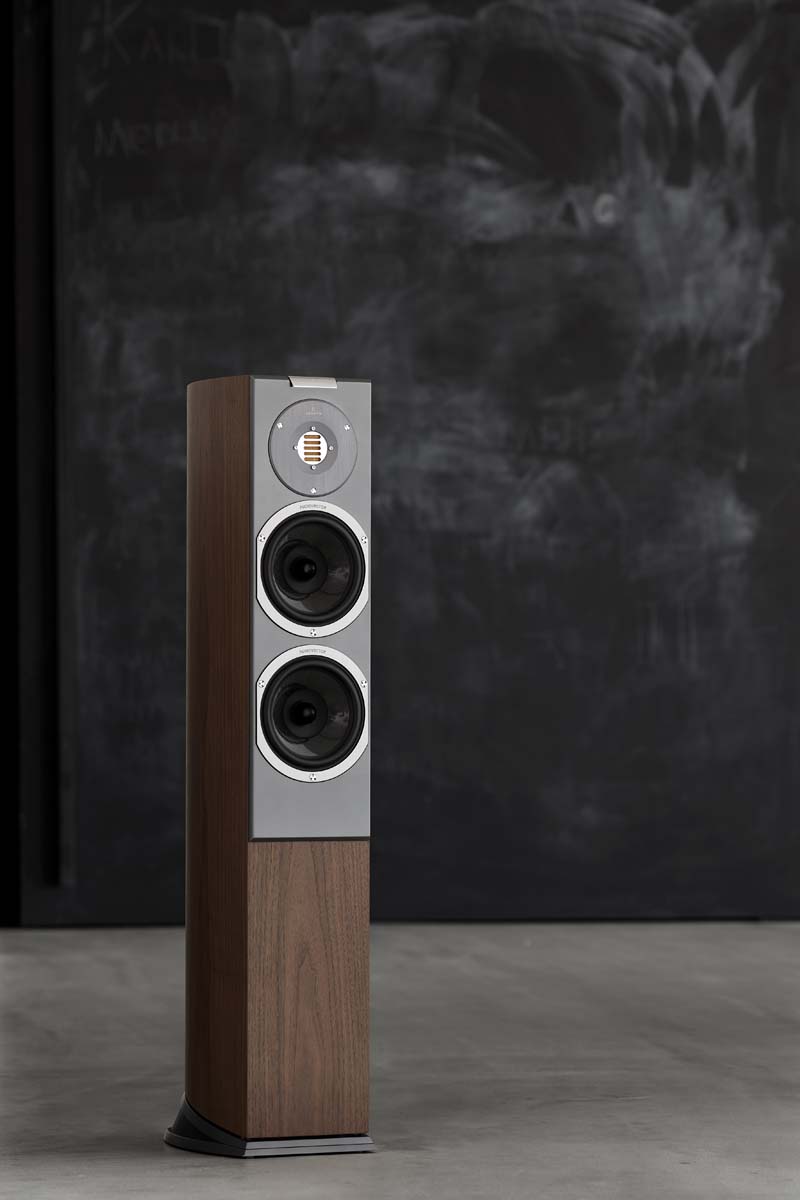
The AMT was invented by Dr Oskar Heil and works in a very different transduction principle than your common or garden driver. It also works somewhat differently to ribbon loudspeakers in that the diaphragm is pleated and it uses a metal-etched sheet of metal-etched folded sheet of polyethelene terephthalate film with the etching acting as a voicecoil. The whole is then housed between four stacks of steel pole-plate pieces positioned at forty-five degrees within a high-intensity, quadratic, opposing magnetic field. The folded diaphragm works like the body of an accordion with it being pushed in and out. Thanks, Wiki! So basically, you’ve got a speaker acting like a dipole and firing out both front and back at the same time. There are vents on the back of the R3s to allow the rear-firing part to escape into the room. AMTs have a reputation for being fast and detailed and with a focused sound characteristic with the air leaving the diaphragm being around five times faster than the speed of the driver itself and this is where the name originates. Thanks again Wiki! The Arrete AMT tweeter uses what they call an Integrator Acoustic Lens which they say has improved dispersion, impulse response and integration with the mid-driver.
The plinth I mentioned is tilted and vented with the idea that standing waves are avoided and of course the looks are improved with Audiovector saying they have “put them on high heels”. The plinth also has a spring for the spikes that are included but I just don’t like spikes and we have a huge space under our suspended floor that spikes seem to exaggerate, so didn’t use them.
The shape of the cabinet front to back is what I’d describe as being a bit like a boat with the prow/bow at the back of the speaker.
The speakers also use something called Freedom Grounding for which there is a cable suppled at extra cost (£600/€699), but more of that later.
Build is very good and so is finish, Italian Walnut in this case with a grey baffle. Grilles are included in the package but I think the speakers look rather splendid in their naked form.
Round the back of the speakers is a large plate for speaker terminals connected by a brass connector…this is a pet hate of mine and whilst I understand that manufacturers all use it, I’d rather use relevant jumpers using the same cable as I use in the main system. Below the speaker terminals is an extra connection and this is for the Freedom Grounding to attach to. All the terminals are solid in feel.
The infamous tap tests has these speakers feeling pretty hollow, though solid enough.
All in all, this is a very handsome looking speaker and I found that they worked best well out into the room, but if this is not an option, they work well in relatively close proximity to walls due to their downward firing bass port. Now, this might not seem like an important design feature but these days most people live in relatively small spaces and as such don’t have the luxury that we have here in the main listening room.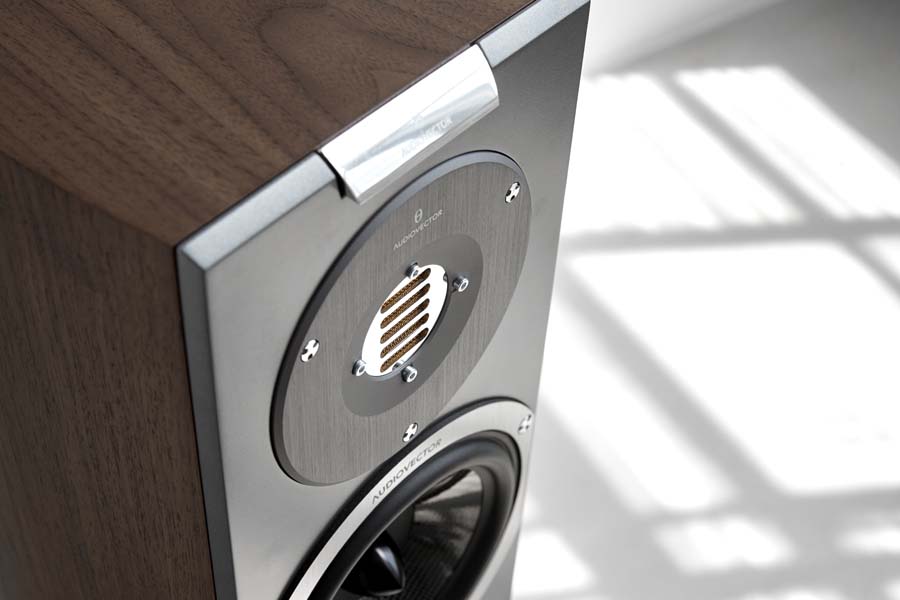
SOUND
From the off, it is clear you are listening to a special speaker here and in all honesty, we have not had the main speakers plugged in since these arrived other than for a brief review session when auditioning the CLAAS pre/amp combo – now that is saying something as we absolutely love our Avantgarde Duo XDs.
The first thing that grabs you with the R3s is that airiness afforded by the AMT and the two backward firing ports. It’s an odd thing and very much like the effect of switching on a good supertweeter where the tops just seem to come alive and, well the only word I can think of given my limited Yorkshire vocabulary is airiness again. If you have heard these speakers you will know exactly what I mean, but of course, many reading this will not have had the pleasure so here goes… Skippy house hats just seem more skippy and feel to float above the speakers. Likewise, horns seem to float in the air. Now, this may sound like the speakers sound unnatural, but in actual fact it’s the exact opposite and what you get is a phenomenally natural-sounding treble. What I’m also aware of is that there is a greater sense of space around individual sounds in the upper frequencies and when effects come in there is also a feeling that they have more space around them too and the effect is eerily good and satisfying. Gesaffelstein’s Aleph goes on, it’s a fabulous record by the way, and whilst it would normally be the beats that would draw me into the music it’s the tops on the first track that really grab my attention. The heavily compressed second track has a snare hit (or whatever it is, it’s an electronic album) that sounds absolutely sublime here – focussed, sharp and arresting. At this point I notice the youngest of our two cats’ ears moving around in time to the high-frequency sounds – I can’t tell if he likes it or not but he is certainly reacting to it and isn’t giving up his place on the couch any time soon, so I guess he is. The track Nameless has a sound that sounds like either electrical sparks or a fire at the start and again it is these sounds I’m really drawn into at first.
Now, all this talk of treble sounds and how great they sound may have you thinking that these speakers are a bit of a one-trick pony, they are not, and what I found I really enjoyed was actually how cohesive a performance they gave. Mads at Audiovector has a habit of playing Infected Mushroom at high volume at shows and whilst I don’t have any in my collection, I thought I would bang on a bit of Psy Trance in the form of Juno Reactor and The Golden Sun remix album. It’s a record that is full of subtle sounds and not so subtle beats designed to shift your psychedelicised ass and mess with your infected head. These speakers work fantastically with this kind of music and even with the volume cranked to pretty high levels there is nothing but a feeling that you are getting the whole picture – and I mean the whole picture. OK, these speakers aren’t as powerful or low in the bass as our Duos with their 2 x 12” active bass drivers per side but they energize the room brilliantly, and you know what, that bass is well deep enough, even on this kind of record and it is tight as you could wish for. And then there’s that absolutely fabulous insight into the mix afforded by those tweeters. I know I’m banging on about it a good deal but I absolutely love how there seems to be a sort of cloud of upper frequencies that hang there that is in constant flux as sounds come and go. Juno Reactor is a bit of a genius in my book with sounds ebbing and flowing and the Audiovectors allow you to become part of the music…no I’m not on acid right now, but thanks for asking. When the bass and kick of Zombie comes in you really do feel how tight and accurate it is – an important feature for me if a speaker is to get anything more than a cursory listen. But that bass is not overpowering anything else, and like I said, what you have is a really nicely balanced speaker. These are not, though I haven’t measured them obviously, a perfectly flat speaker, but what they are is an exciting and insightful speaker that are thoroughly enjoyable to listen to. I have honestly not enjoyed music this much in ages from a set of speakers at this price-point and whilst they are hugely engaging and enjoyable, they also feel like they are presenting every little nuance of the mix. One thing I did find happening was that I was listening to whole albums without the itch to switch and this too adds to the enjoyment of these speakers.
Soundstaging is extraordinary and it does have a walk-in quality to it, again, not in an artificial kind of way, but sort of in the way I remember the remarkable Cabasse Spheres sounding – like you are actually looking at the stage of a performance or at the mix…this is high praise indeed as the Spheres are in my very short shortlist of favourite speakers regardless of cost. When a sound does move in the mix, as with the Juno Reactor album, you find yourself following it in a very real sense and I followed sounds with my head a number of times listening to tunes.
There was a survey on one of the Facebook groups a while back and it was all about what folk look for in a speaker and one of the key features people looked for when answering was dynamism, and these have dynamics in spades and that is helped by the fantastically fast nature of the bass. Now, it can often be the case that ported designs can sound loose and flabby in the bass, but that is simply not the case with these. They are fast, fast, fast and without a trace of wooliness.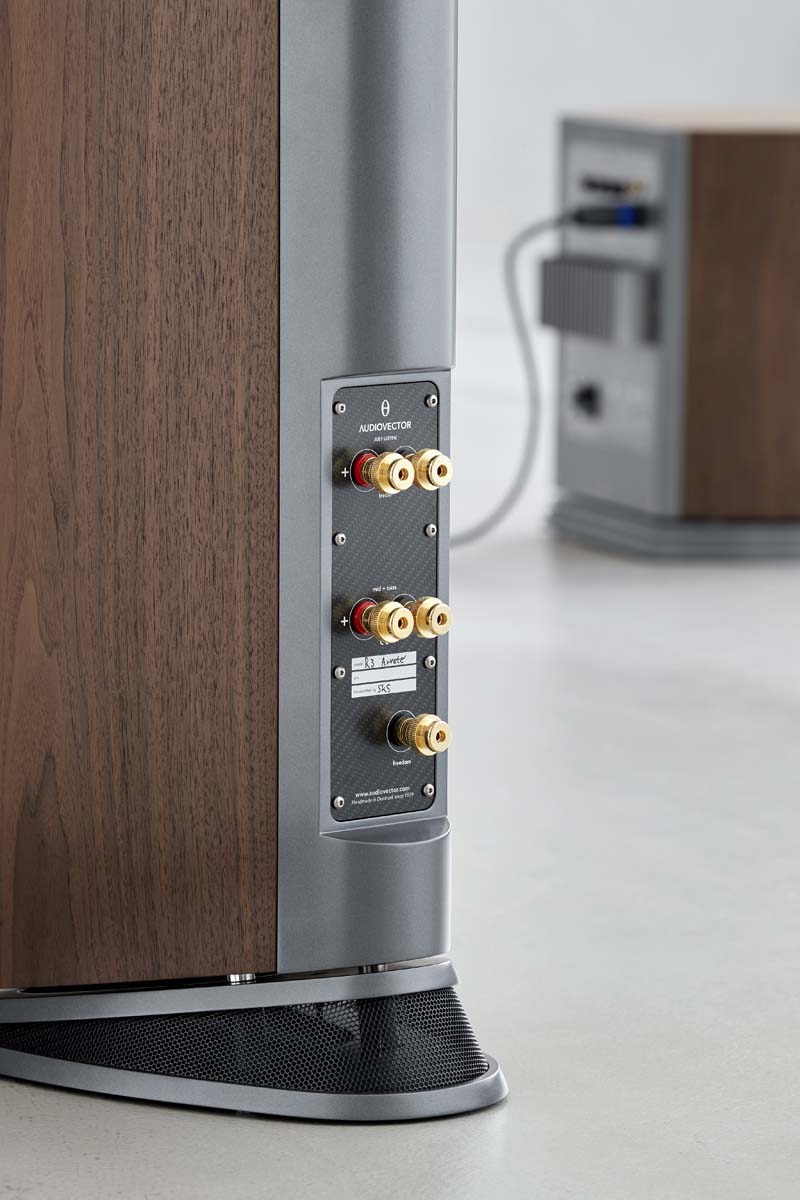
I’ve played a lot of hard and not so hard techno and trance on these speakers, but likewise, I’ve played a whole load of other styles and I’ve been nothing but gob-smackingly impressed, whatever. Natalie Merchant’s Ladybird (yes, I know I mention it a lot in my reviews) is beautifully rendered with her voice projected into the room and with a beautiful sense of her been there – in fact she could be stood in front of me about a two feet forward of the speakers and with her head at about five and a half foot – eerie, but beautiful. Rodrigo y Gabriela’s 11:11 is another case in point with regards to “being there” in the room with the artist. Every percussive hit on the body of their guitars is there and the detail is wonderful to the point of being intoxicating and has me reaching for the volume knob to turn it up – and still I lose nothing of the little nuances of this couple’s playing or little decays and movements on the fretboards. You can hear every layer of the music here. Ok, I’m getting carried away here…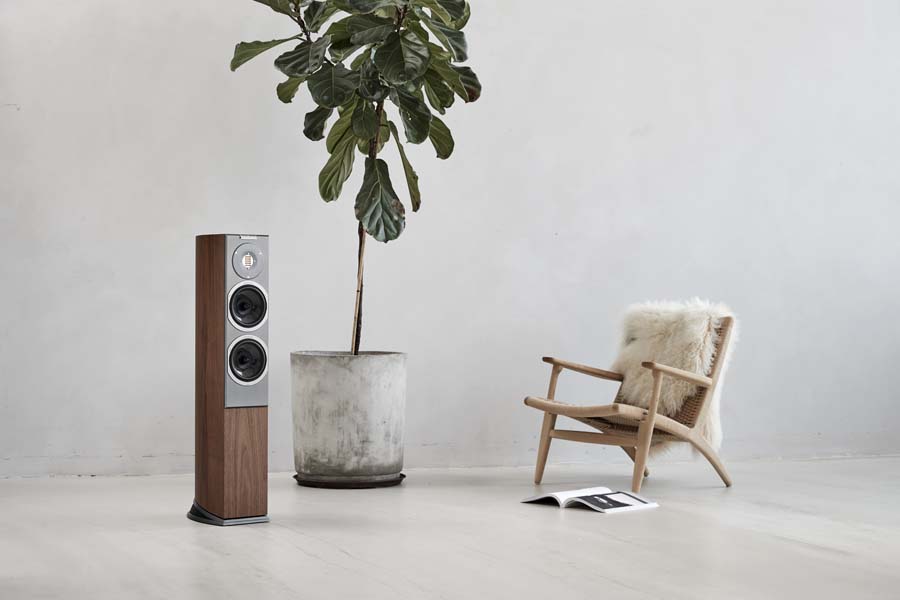
FREEDOM GROUNDING
I’ve felt absolutely no need to add the Freedom Grounding as yet but for the sake of the review process, it would seem that I am duty-bound. It’s a set of two cables with a banana on each and a power plug on the other. Grounding has been this year’s big thing with grounding boxes popping up all over the place, but this is the first time I’ve had a pair of speaker in the house that has a grounding post built in. I have had Atlas cables demonstrate their grounding system and it surely works in their case. So…here goes. Actually, I’m a bit nervous of this kind of thing in truth and particularly this as it connects directly to the mains socket – though obviously it’s only the Earth that is connected.
Right, I’m flummoxed here and this is utterly NUTS. I wanted to think that this was a bottle with Danish Snake-Oil writ big on its label, but in truth, something is happening – and yes, I have A/Bd this several times. This is not a subtle improvement by any stretch of the imagination. Bass is even tighter and there is even more detail to recordings with sounds projecting further out into the room and as I’m making notes, I’ve sent a message to the owner of Audiovector Mads Klifoth asking what the XXXX is this thing doing. Recordings seem louder for some reason, despite me not having touched the volume control and things feel even more dynamic. And no, still not psychedelicized. I shouted Linette down from the office and did the A/B test with her and she too was gobsmacked…the conversation on the journey to the supermarket (it was wine o’clock) went along the lines of “I just don’t believe that!”, “What was all that about?” and “That’s Voodoo, that is!” – this may well sound like this is made up but I swear that is what happened. This cable is £600 (or €699) but the difference it makes far exceeds the asking price and I’d suggest you’d be daft not to see it as an essential when buying these speakers. It would have been very easy to dismiss this as a gimmick, which is actually what I thought it was when the speakers were sent, but mark my words, when you hear what this does there is no going back to these already excellent speakers in their standard form.
So, what is the Freedom Grounding doing? Audiovector say that the Freedom Grounding routes away the motion-induced distortion between the drive units and increases the control, resolution and micro-dynamics. The distortion between the magnesium baskets of the drive units is being routed through a new and separate grounding circuit which then gets routed to your electrical supply’s Earth/Ground. The cable itself is made of cryogenically treated 7-nines copper and made in-house by Audiovector.
CONCLUSION
This looks like a pretty conventional speaker other than the AMT tweeter but boy does it sound anything but. Speed and dynamics partnered with an airiness in the top end is a wonderful thing that will have you listening to your record collection with new ears. We have genuinely sat and listened to more music in the time since they arrived than in ages.
The Freedom Grounding is as far as I’m concerned absolute Voodoo, but it works, and both Linette and I have sat here mouths agape when we have switched it in and out – it just makes a big sound even bigger and the already detailed sound even more so. I don’t understand it, but the effect is absolutely astounding.
AT A GLANCE
Build Quality: Nicely put together and good-looking loudspeakers.
Sound Quality: Well, they are very detailed, punchy and airy in their standard format, add the Freedom Grounding and you just get more detail, more punch and more everything.
Value For Money: I think these speakers, though not cheap by any stretch of the imagination, offer rather excellent value for money based purely on their sonic capabilities.
Pros: Excellent dynamics combined with a highly detailed presentation. The top end is something else completely and very addictive. Well balanced and cohesive sound. Freedom Grounding takes these speakers to Outstanding Product award. One of the top two or three products I’ve reviewed this year for sure!
Cons: I’d say the Freedom Grounding is essential, though they are excellent speakers anyway; if you can’t afford the extra £600 don’t audition it, or save up until you can.
Price:
Speakers: £8900,
Freedom Grounding: £600, €699

Stuart Smith
Review Equipment: Melco Library, Lampizator Bi7 DAC, Chord and Tellurium Q speaker cables, Tellurium Q interconnects, Atlas power cables and distribution block. DIY balanced mains unit.
| FREEDOM GROUNDING® CONCEPT | Yes. Cable not incl. |
|---|---|
| FREQUENCY RANGE -6DB | 23-53 kHz |
| SENSITIVITY (8 OHM) | 90.5 dB |
| NOMINAL IMPEDANCE | 8 Ω |
| POWER HANDLING | 350 |
| X-OVER FREQUENCIES | 320/2900 |
| PRINCIPLE | 2.5-way |
| BASS SYSTEM | Floor bass reflex |
| BASS/MID DRIVERS | 6.5″ Carbon |
| TREBLE DRIVER | R AMT Arreté |
| HEIGHT / WIDTH / DEPTH ( CM ) | 103,4 x 23 x 36 |
| NCS FREEZE TECHNOLOGY | Yes |
| NO ENERGY STORAGE NES | Yes |
| INTENAL SHOCK ABSORBERS | Yes |
| NON PARALLEL SURFACES | Yes |
























































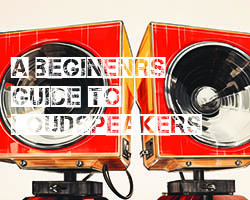


























































































































































You must be logged in to leave a reply.